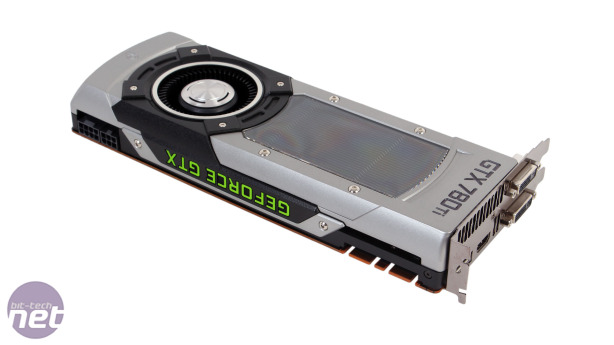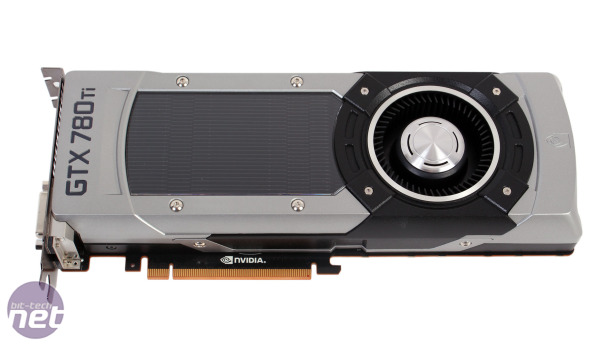
Conclusion
With the GTX 780 Ti, Nvidia has once again taken the single GPU performance crown. While the card undoubtedly demands a high investment, it's not priced as ludicrously as the GTX Titan first was (and still is). One thing is very clear about GTX Titan now, and that's that it should only ever be considered by those who require its high speed compute performance. For gamers, the GTX 780 Ti is the new king.There's no doubt that you get a lot of performance from the GTX 780 Ti, but whether that performance is akin to the £130-£160 premium the card commands over the GTX 780 and R9 290X is another matter. In the case of the former, the answer is certainly no, as the GTX 780 Ti is approximately 40 percent more expensive but only about 20 percent faster, and performance is pretty much the only thing that separates them. Compared to the R9 290X, however, investing in the GTX 780 Ti also sees you investing in a card that's not just faster, but more efficient, cooler, quieter and also better built. Its overclocking potential is fantastic too, although it's too early to say if our experience will be close to the norm or a rare exception.
You also have to consider the ecosystem that you're buying into. Nvidia has its GeForce Experience software, while AMD now has its own answer in the form of Raptr. Both companies now also offer compelling game bundles too, so the key distinction for most people is likely to be AMD's Mantle API and TrueAudio DSP versus Nvidia's G-Sync. We've seen the latter already, and it does look impressive, while AMD's Mantle is soon to be demoed at the AMD Developer Summit next week.
Mantle is aimed at boosting performance, but it comes with the catch of requiring developer support. However, with DICE already onboard and other developers also recently pledging support, there's at least a chance that the technology could take off well. TrueAudio is also not proven at this point, but again does have a handful of developers backing it.
G-Sync, on the other hand, doesn't improve game performance but rather seeks to improve the general gaming experience. It comes with the need to invest in new monitors, but this is something we can see people willing to do given that the advantages G-Sync brings are not game-specific, but universal. For many facing this choice, it's likely to be a case of wait and see.
In the end, the GTX 780 Ti is something of a dream card for gamers, as it excels in practically every way you'd want it to. Sadly, its price means that for most of us it will remain a dream, as even for those currently shopping around £400 mark it's likely to be too big a step up. Instead, many high-end shoppers are eagerly awaiting custom cooled variants of the R9 290X (and R9 290), to see whether AMD's board partners can better tame the Hawaii GPU and make it a more convincing purchase over the GTX 780.
For a lucky few, however, the kind of performance the GTX 780 Ti is capable of right now will be enough to warrant an upgrade immediately.
More on Bit-Tech:
AMD Radeon R9 290X Review
Nvidia GeForce GTX Titan Review
Nvidia GeForce GTX 780 Review
AMD Radeon R9 290 Review
Is the R9 290X too hot?

-
Performance39 / 40
-
Features27 / 30
-
Value17 / 30


MSI MPG Velox 100R Chassis Review
October 14 2021 | 15:04










Want to comment? Please log in.